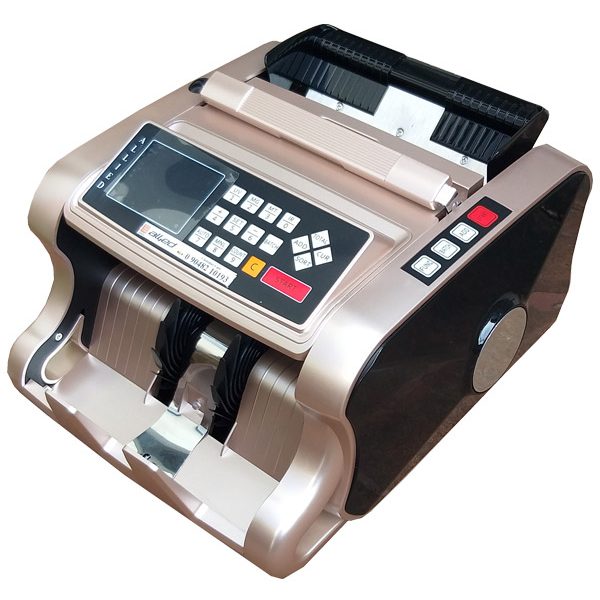As parents we all want to give our children everything we could never have in our young lives. I cannot forget the emotional reaction I had to the lucky few of my fellow middle school students regaling our class with stories of their family summer vacations at Disney World in اسعار ماكينات عد النقود بمصر. I never did get to go to Disney World as a child and this created such a strong memory for me that one of the first things I did after my third child was born, was to begin saving for Disney World. It took three ½ years but I was finally able to take our family on the vacation I could never have as a child.
The point of this story is that sometimes childhood emotions surrounding money have a profound impact on us as adults; driving us to do things that may not be in the best interest of our children, such as spoiling them. Take a look around and you will see ten, eleven or twelve year olds walking around with cell phones, iPods, Prada bags. Underlying this is, I believe, our desire to provide our children with a better life. We all seem to want for our children what we could not have, ourselves, as kids. But where does this leave our children? Will they grow up being spoiled and self indulgent, expecting from society rather than being grateful for what society has given them? Is our parental need to make up for what we lacked in our adolescent lives going to hurt our children, and if so, how do we mitigate this?
If a child is too young to earn money, an allowance will do just fine. But this allowance must be tied to some chore, task or responsibility. It is difficult for most children under a certain age to fully grasp the need to make and manage money so you may want to hold off until they are old enough so that the lesson will not be lost on them. Since each child is different, there is no hard and fast rule as to what would be a good age to begin their education. In my opinion, age ten is a good general age to begin a money management education plan, which will include an allowance program.
How much of an allowance should you give a child? The point of the entire money management education plan is to provide a child with a general understanding of how money works, so the amount of the allowance is unimportant. As a general rule $5 a week works fine, until they become teenagers. Then everything changes. For now, keep it simple and affordable, for you. Consider giving your child an allowance in smaller denominations – for example, five ones instead of one $5 bill. This way a portion of the allowance can be easily deposited into the piggy bank.
One of the most valuable lessons you can teach a child is the value of saving what they earn or receive. The piggy bank is really a tangible metaphor for establishing what financial planners call a long-term savings plan. The funds in the piggy bank can be periodically invested into a passbook account or some other investment for your child down the road, but the piggy bank is an important tool to help in the education process. As an enticement to save, you may want to add a matching feature to reward your child for saving their allowance. For example, you may agree to match whatever money your child has accumulated in their piggy bank over a period of time.
This could be a fun thing for everyone. A neat idea my wife and I used with our kids was to clean out the piggy bank after each month and match whatever was in our child’s piggy bank. There is another reason for doing this. Kids may be tempted to periodically deplete the piggy bank and use the money for candy or something else. Matching not only motivates your child to save but also creates accountability. If your child takes money out of the piggy bank, they know you will find out, since the agreed-upon savings will not equal what was actually in the piggy bank at the end of the month. In the business world we call this budget vs. actual. Businesses close out the month to see if their forecasted profits equal their actual profits.
No money management education plan for a child is complete without helping educate them on how to manage spending their money. To help them spend their money wisely, have your child create a monthly “wish list” of things they would like to spend their money on during the month. We call this wish list in business, a budget. By setting up a wish list you are actually helping them budget their monthly expenditures.
The important thing here is to make sure that whatever they decide to spend their money on during the month represents purchases that you do not ordinarily make for them. For example, if your child tells you they are going to spend their money on candy for the month, then they need to understand that you will not be buying them any candy, for that month. They are now responsible for their candy purchases for the month. If they want to use it for movie tickets then you cannot be giving them additional money to go to the movies during the month.

